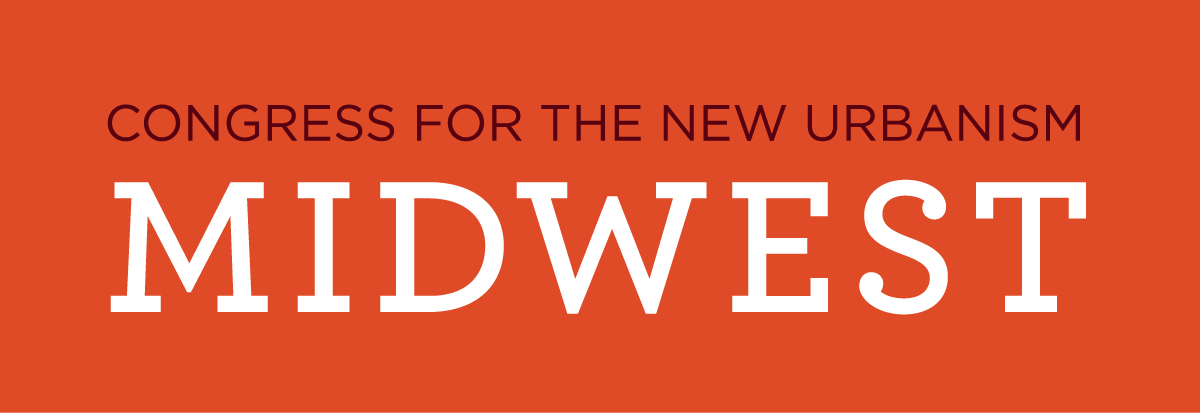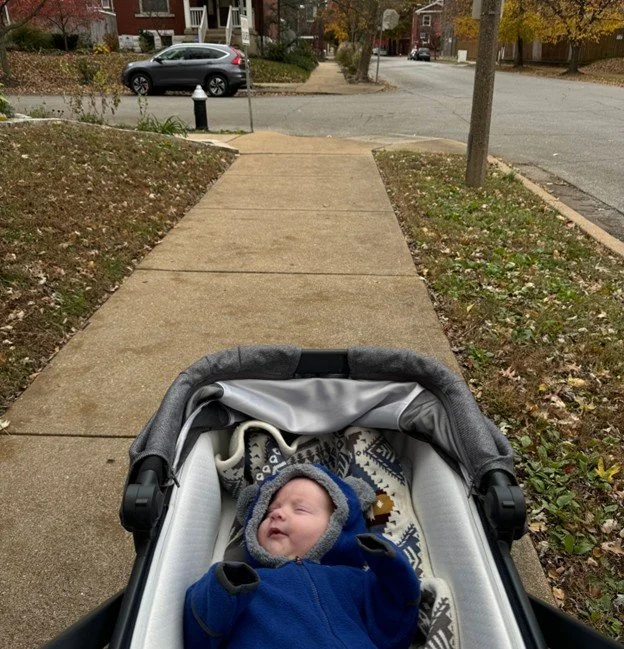Babe in the City
In September of 2024, I became a first-time mother. The experience has been life-changing, but would it change my view on urbanism? I wondered if I would suddenly feel the pull of the suburbs, long for time alone in my car, or find my urban community suddenly overwhelming.Our dense St. Louis neighborhood is both diverse and vibrant—though increasingly gentrified. Our home boasts a walk score of 82 and is just a short distance from one of the American Planning Association’s designated Great Places, South Grand Boulevard. Tower Grove Park, just a few blocks away, hosts farmers' markets, community events, and recreational activities year-round. On paper, it is a fantastic place to live, but would I feel the same after having a baby?During the challenging early days of motherhood, I was deeply grateful for the convenience of urban life. Everything I needed could be delivered right to my front door—hot meals, prescriptions, groceries, and even diapers. This accessibility was invaluable during the exhausting first weeks of caring for a newborn.As I recovered and was cleared for exercise, my neighborhood became my sanctuary. I would stroll with my baby through the park, visit the library, or pop into local coffee bars. The neighborhood’s walkability allowed me to run errands, window-shop, and enjoy the outdoors without feeling isolated. While some sidewalks were worn and cracked, the overall infrastructure supported my basic needs as a mother, offering the convenience that made city living so appealing.Though my child is still too young for playdates, I look forward to eventually joining the other families that gather in the playgrounds and gardens nearby. I was comforted to realize that we certainly were not the only ones raising a family in the city. The sidewalks of Tower Grove South are an even split of dog walkers and families with strollers or toddlers in tow. Still, when it came to finding a last-minute babysitter, I could not find a 13-year-old for the life of me. The absence of older children is something that gives me pause.Despite these conveniences, urban life as a parent comes with its own set of challenges. One major issue for me has been the proximity of essential services. All my prenatal appointments and hospital care—including my delivery—were located at least 30 minutes away in the suburbs. For weeks, I found myself spending hours reverse commuting to be with my baby in the NICU. Even after returning home, essential services like pediatrician visits and daycare were still a significant distance away, requiring long, inconvenient trips out of the city.St. Louis is relatively affordable, but raising a child in a highly desirable walkable neighborhood doesn’t come cheap. For now, our modest two-bedroom home can fit three comfortably. We only have one full bath, but we have a quirky house with pocket doors and a fireplace in our bedroom. If we want to find a new place nearby with more space or amenities in the future, it will come at a premium.In truth, I did find a sudden appeal for long quite car rides alone, but I did not suddenly crave life the suburbs. Instead, I craved places that made it easy to mother. The future will likely bring new challenges in mothering (schools, safety), but for now, the convenience and connection of our neighborhood provide a fulfilling, if imperfect, environment to raise a baby. [photo credits: baby in stroller: Katy Shackelford; all others: City of St, Louis]
Author bio:
Katy Shackelford, AICP, PTP, is an award-winning urban planning professional and funding specialist with more than twelve years of experience. She specializes in transportation planning, economic development, and public policy in distressed and disadvantaged communities. She has a talent for creating catalytic community impacts using infrastructure investment. As a member of Stantec’s North American Funding Program, Katy helps clients navigate complex funding opportunities and position their projects for maximum community benefits.




